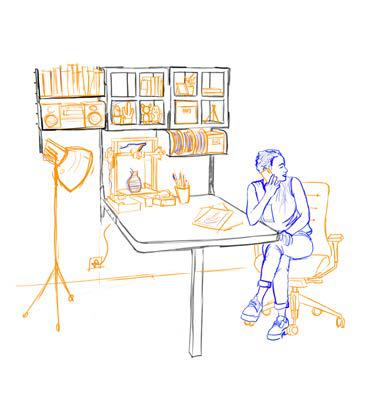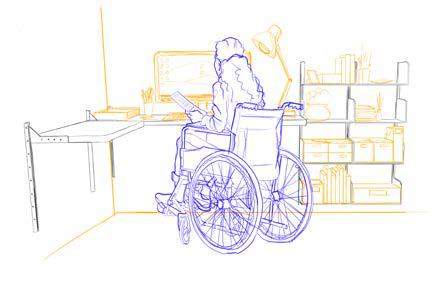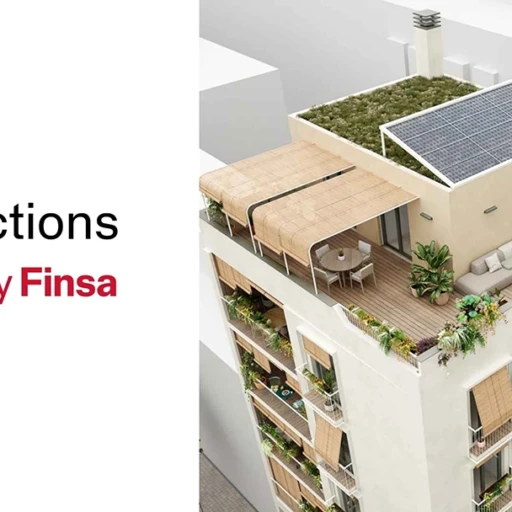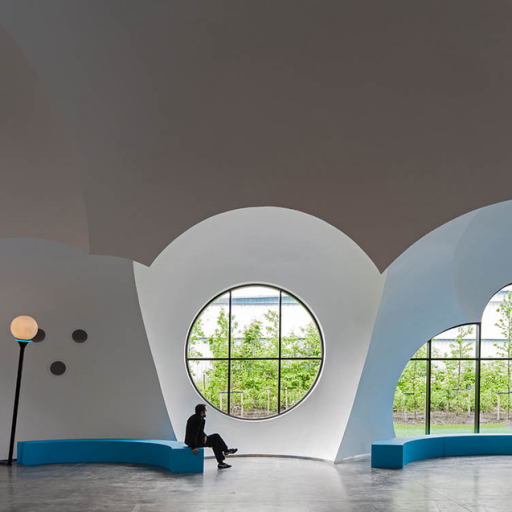“Design is a driver of innovation, an agent for sustainability, expresses culture, adds value to technology, facilitates change, addresses resiliency, and fosters development”. This view, taken from the 2017 Montreal Declaration of Design, shows that design improves people’s lives and contributes to a more sustainable world in a significant way. But, in order for it fulfil its duty to society, it must go beyond theory and take action, and apply global concepts to local issues.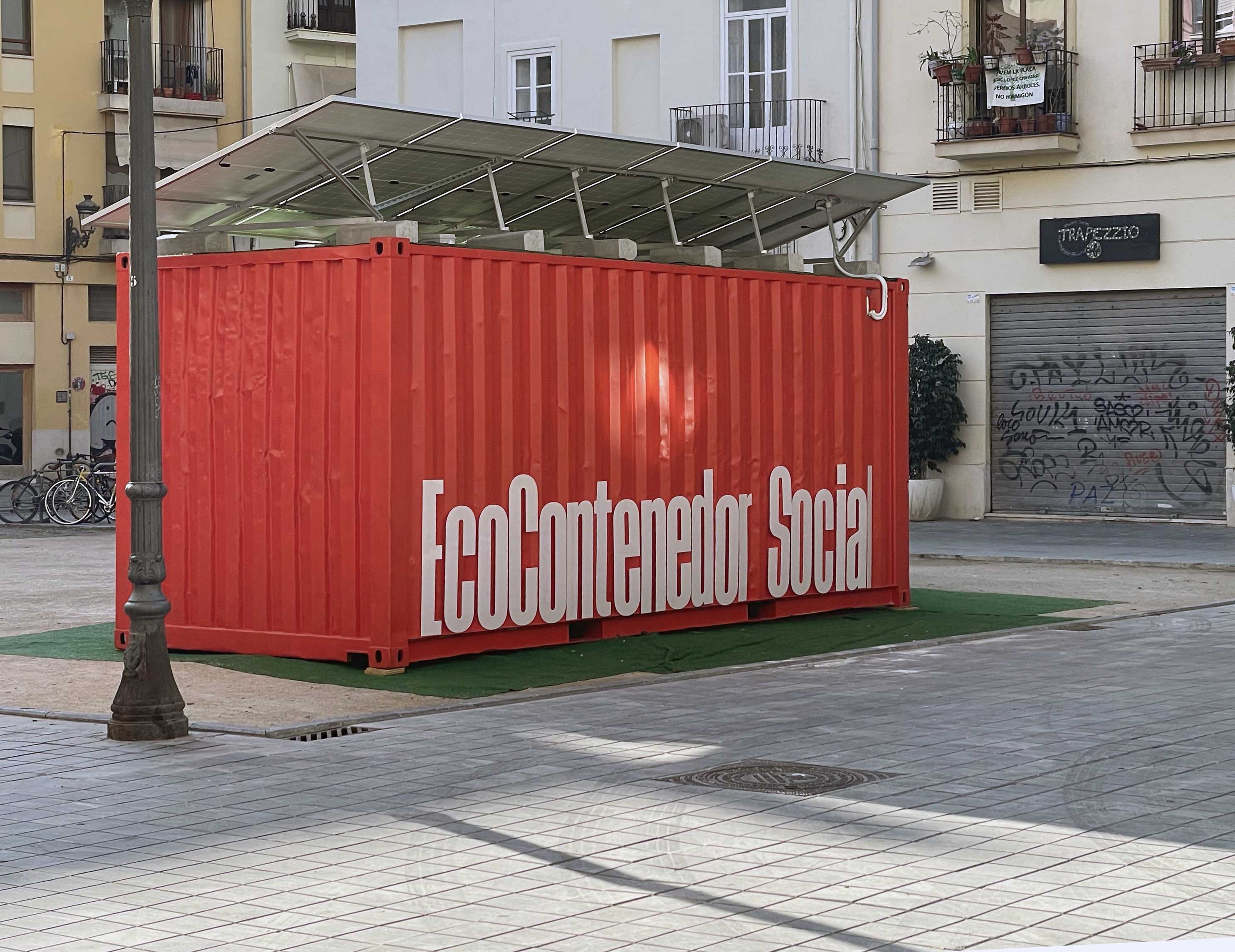
This is exactly what a group of students from Escola d’Art i Superior de Disseny de València (EASD) did with “Eco Contendor Social”, a project that’s all about the design of emergency eco-homes created from the reuse and refurbishment of shipping containers that were then placed on empty plots of land in the historical centre of Valencia. The containers and their contents have been on display since September at World Design Capital Valencia (WDCV2022).
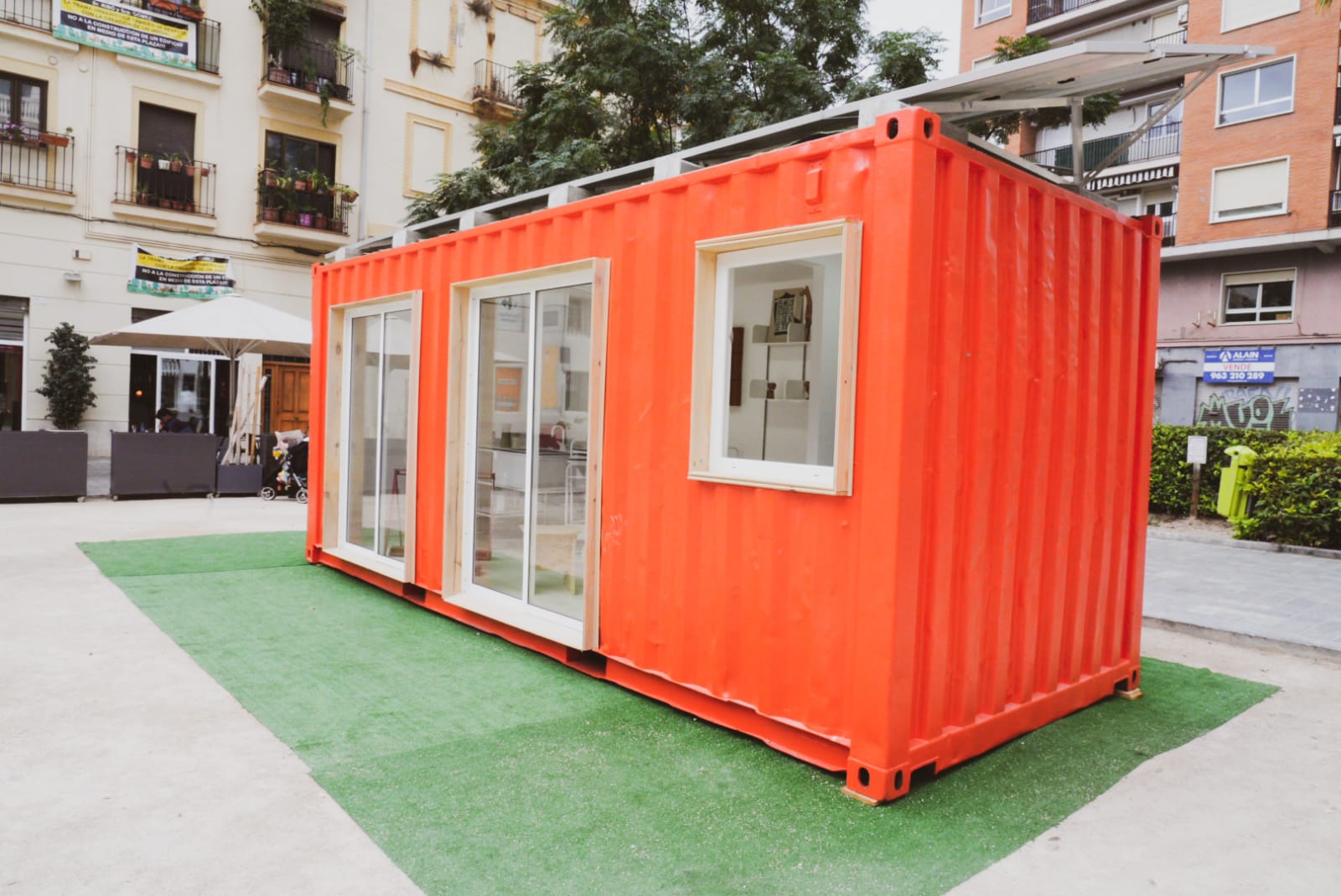
Functional furniture for small spaces
“It’s been a real challenge and a great experience,” says Salvo Caballero, one of the designers that participated in the project. The challenge was about first coming up with and then creating pieces for a very small space (i.e., a shipping a container home) that were both functional and responded to the needs of the home’s inhabitants. He came up with Workit, a workspace with modular accessories and profiles, defined by “its ability to adapt to the space, the versatility of its design, and the way it can be customised”. The title of the piece is, of course, a play on words – ‘work-it’ or ‘work-kit’ – and reflects its ability to transform. “Both meanings reveal the essence of the product. Workit can always be expanded and modified, depending on what’s needed and the space it’s in”.
A very compact kitchen
The famous Minikitchen, created in 1963 by the audacious and futurist Italian industrial designer Joe Columbo, was the inspiration for the Cocina Seica by Marina Marchante, another student that worked on the Eco Contenador Social project. “I was very surprised by the concept of extreme compaction, which was pretty impressive given that it was the sixties”.
When coming up with her design – a small, mobile, yet fully-equipped kitchen – the Galician designer drew inspiration from the summers of her childhood, which she spent at camping grounds, and remembered “how people made do by setting up true itinerant kitchens, some with more luxuries than others, but all in the middle of a pine forest underneath a simple awning”. She also drew on her roots when naming the work – Seica is an adverb in Galician that reflects doubt about what is being said, even though it’s probably true – and that’s how Marchante sees the kitchen. “It might not look like a functional kitchen, but it is”. It took a few months for her design to come together, and now she describes it as “simple and light, both structurally and visually”.
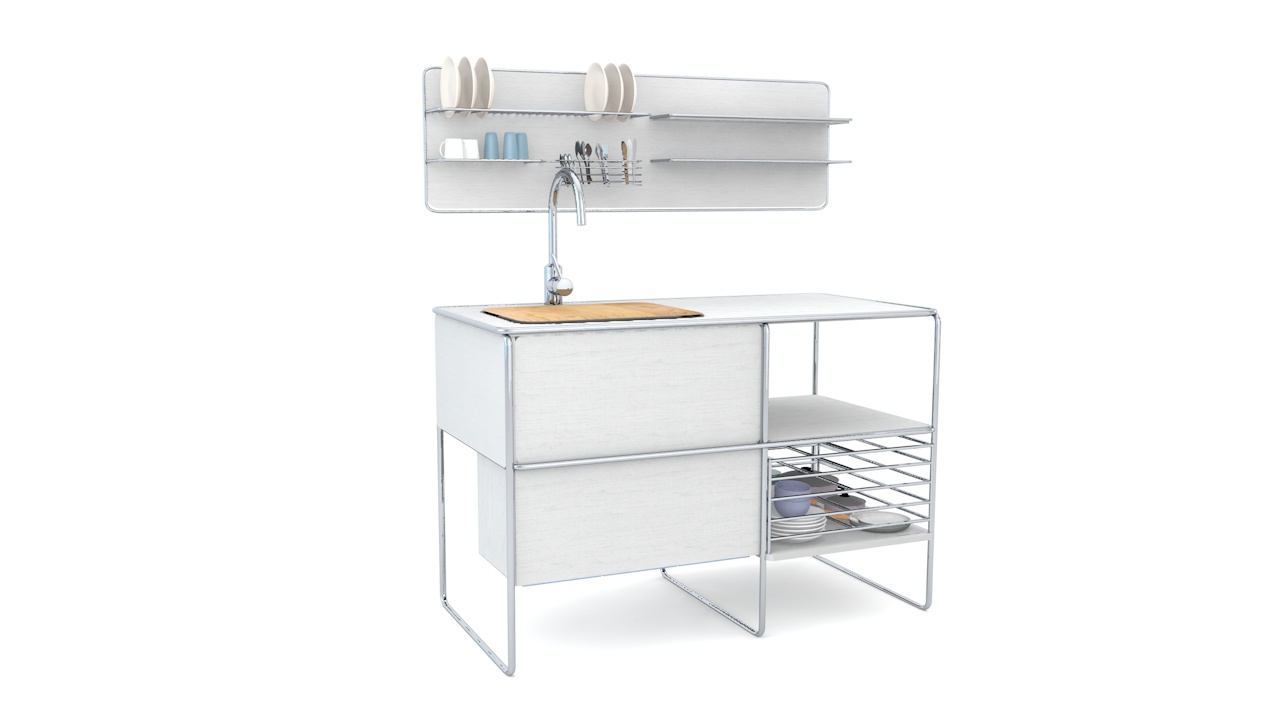
The creative process: thinking outside the box
This is also one of the main ideas behind Things Outside the Box, a set consisting of folding chairs and a folding table that can ‘disappear’ when not in use. Their creator, Andrea Rey, explains that the design is the result of a long process of study and immersion in the social context of the people that were going to live in the eco-containers. “One of them sent me a photostory of ‘a day in the life’. She was the mother of a four-year-old that was developing anxiety and mobility problems because they were doing [several different] daily activities in the one room – eating, sleeping, homework, playing – and I realised that people need different spaces dedicated to the different activities that they engage in”.
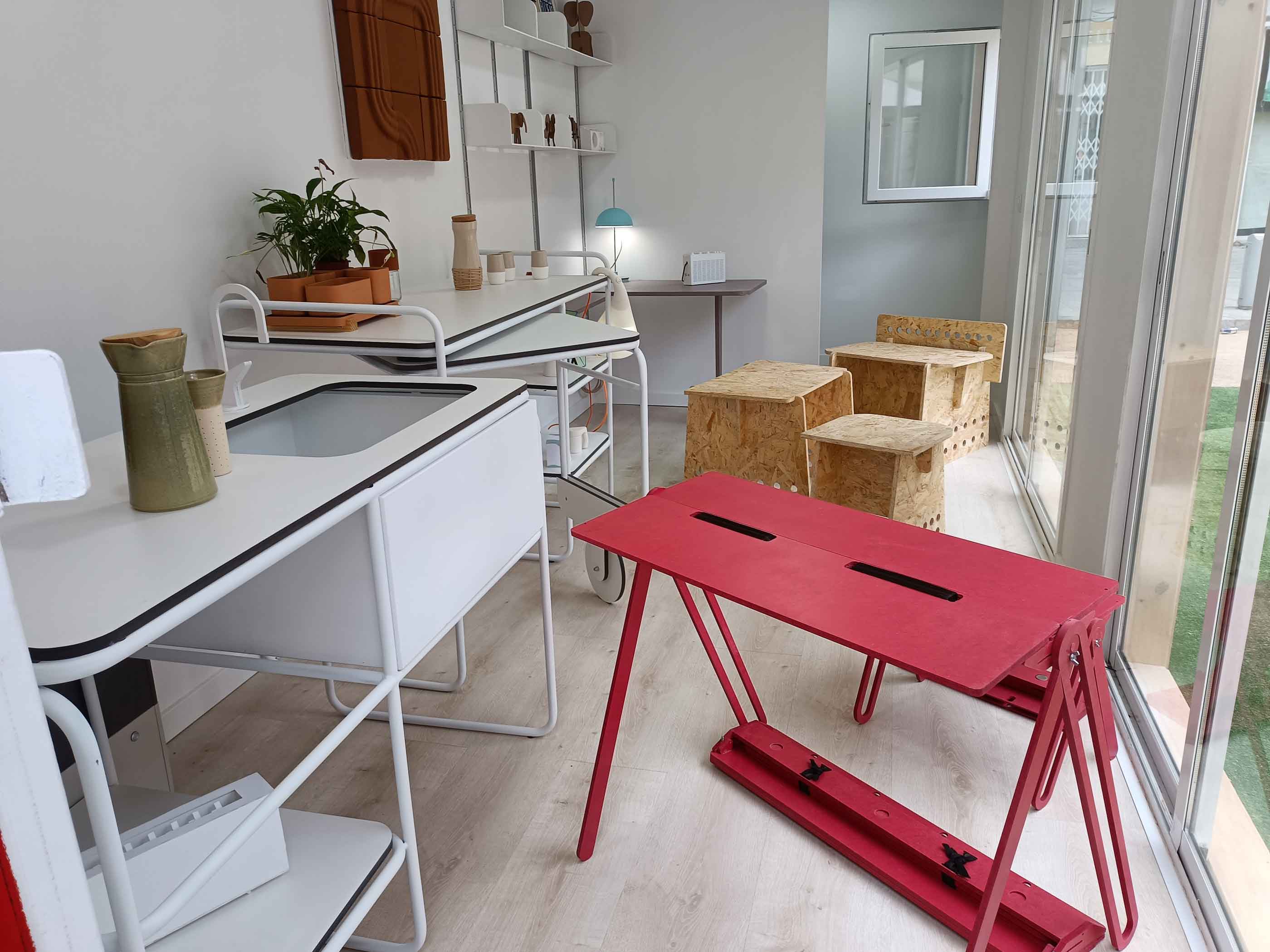
Designing products with and for the people
The making of Things Outside the Box involved a lot of observation, analysis, and reflection. Andrea Rey, a fan of Scandinavian design, examined the shipping containers, went inside them, and tried to understand what the best option would be for ensuring that a piece of furniture could both be part of such a space and also hidden. “That question was answered once I considered the possibility of taking advantage of spaces on the exterior walls of the containers to hang the folded furniture using magnets when they weren’t being used. As soon as I thought of that, all the prototypes and versions were tested by people at risk of social exclusion, the people that would use the product, so that they could participate in [the design of] something that would eventually be theirs”.
“The designer must understand the problem that needs to be solved. In a world inundated with objects, we need to communicate with the user and even allow them to participate in the design process and together find the simplest way to solve the problem,” Rey says. This is why she believes that her project was, above all, human: “I was conscious that the end user should be present in all the phases of the design, and that’s what happened: a design project with people, for people”.
The obsession with optimising space
During the development Workit, which took place intermittently over almost two years, Salva Caballero was faced with “a number of” difficulties. He studied other products that optimised space by being collapsible, foldable, or multifunctional, and then searched for his own combinations. “We have to try and feed off everything around us and the situations in our surroundings, because they can result in an opportunity to come up with a new project,” he explains. “I think that the problems that come up during product development are a necessary part of its evolution”.
Andrea Rey struggled to put the finishing touches on the final design of her table and chairs “which had to fit in their folded form in the narrow spaces of the exterior walls of the containers”. This is what Marina Marchante calls “getting a dose of reality. I mean, as students, we often come up with conceptual designs without really thinking about the manufacturing process. But it’s true that when you have to think about it, your perspective on the piece changes”. In fact, she wanted to be able to dismantle the kitchen she designed so that the pieces could be separated and recycled at the end of their useful life, but she couldn’t get that to work with the prototype. However, she did manage to make the surfaces of Seica interchangeable thanks, in large part, to the use of technical wood provided by Finsa. “With the wide range of finishes and colours that they have, there are many possibilities”.
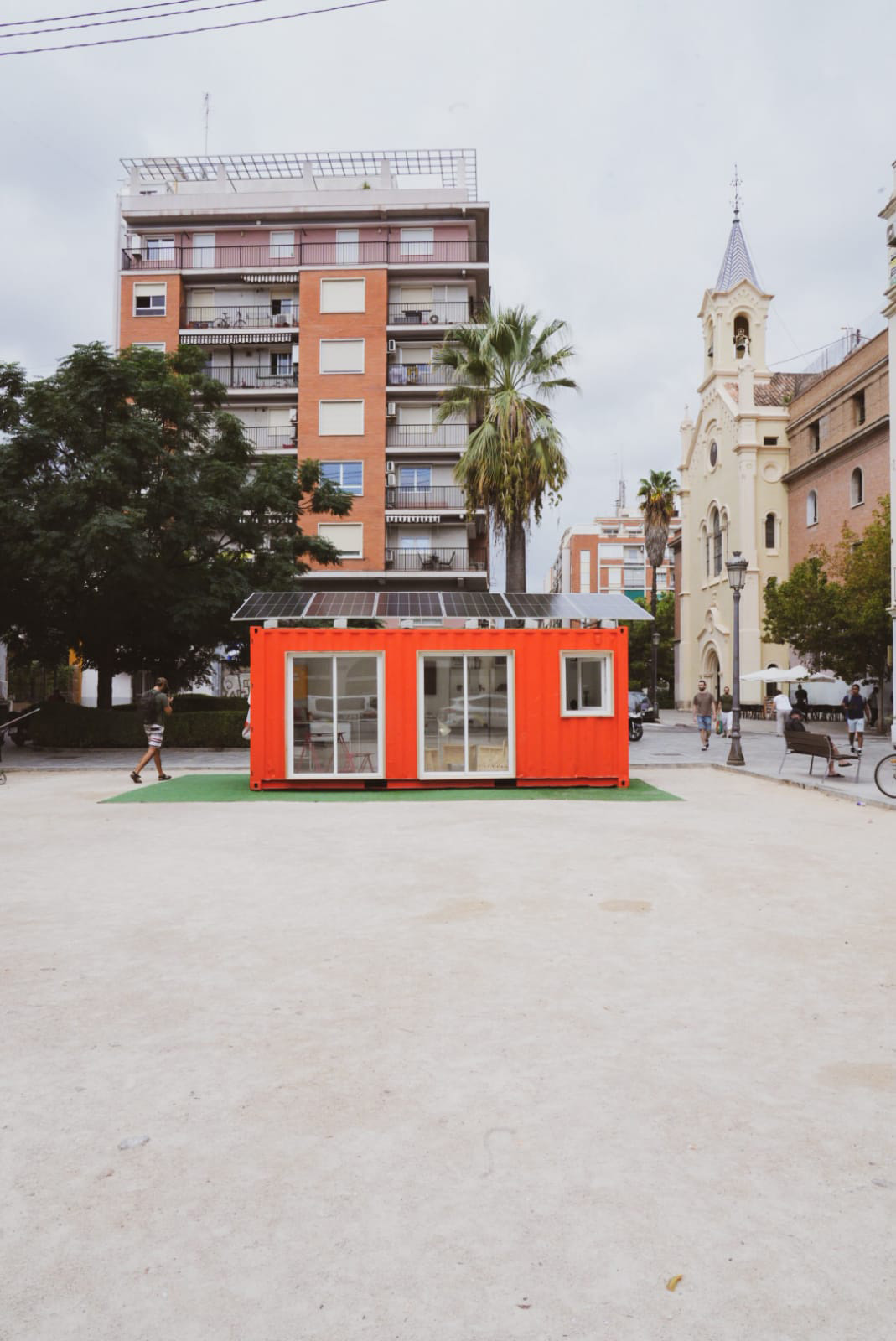
How materials can help: quality, being easy to work with, and price
When it came to the Workit prototypes, a key feature of the Fibracolour boards that were used was the fact that they were strong without being too heavy for the rest of the structure, as well as “their good quality, the fact they are easy to work with, and their affordable price. I think that they give the project a modern, young, and fun aesthetic,” says Caballero. For Rey, the versatility of the material was also a big plus: “The different densities, strengths, and colours allowed me to choose the best option for the problem at hand, which in this case was making sure the tables and stools were strong enough to withstand the weight of a person and that they also had a finish that was warm and friendly…It’s a material that offers countless possibilities on both a physical and psychological level. It has the capacity to convey emotions and that’s why I think it will be a material that I will always work with, in addition to its natural origins”.
More “social” product design
These three designers, who have just started out in their professional careers, are tempted to continue exploring social design. “I think it’s a great tool that still has a long way to go,” says Caballero, who also has an interest in the additive technology world, including 3D printing, and who identifies with the “good design” principles of German designer Dieter Rams. “A useful, aesthetically pleasing, discreet product that is environmentally friendly and design in its simplest form, without excessive ornamentation”.
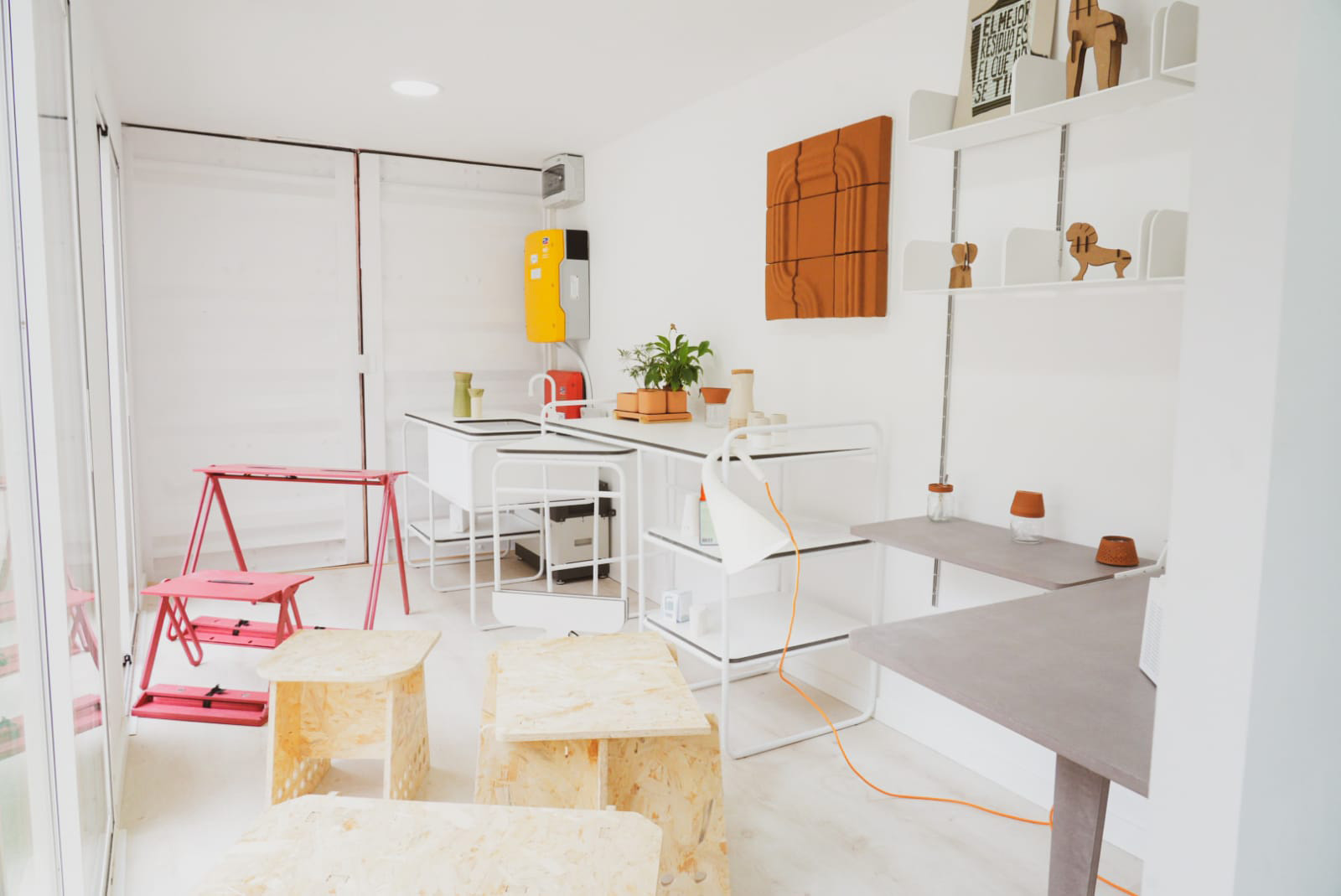
For Andrea Rey, who currently works as a graphic designer, the experience with the social eco-containers marked a turning point in her career. “Getting to know the people who would use the product, working hand-in-hand with them, the excitement with which they participated, and being able to see how a product that made their lives easier actually came to life made me want to focus on social design. I think it’s my true calling,” she says proudly. She believes that “this is a time that will go down in history, both for technological evolution and the need to adapt to environmental problems and many others that are falling by the wayside. It’s time to design for small niches and stop focusing on mass production only”. She has already participated in other social design projects, including designing products for people in warzones and children with learning difficulties.
For Marchante, who doesn’t rule out the possibility of working in product design and applied audio-visual scenography simultaneously, it was her first social design project. “But I felt very comfortable. I think that design that’s not for everyone just doesn’t make sense”. In the end, everyone deserves to live in a well-designed world, don’t they?
You can learn more about this project and download the prototypes on the EASD website.


